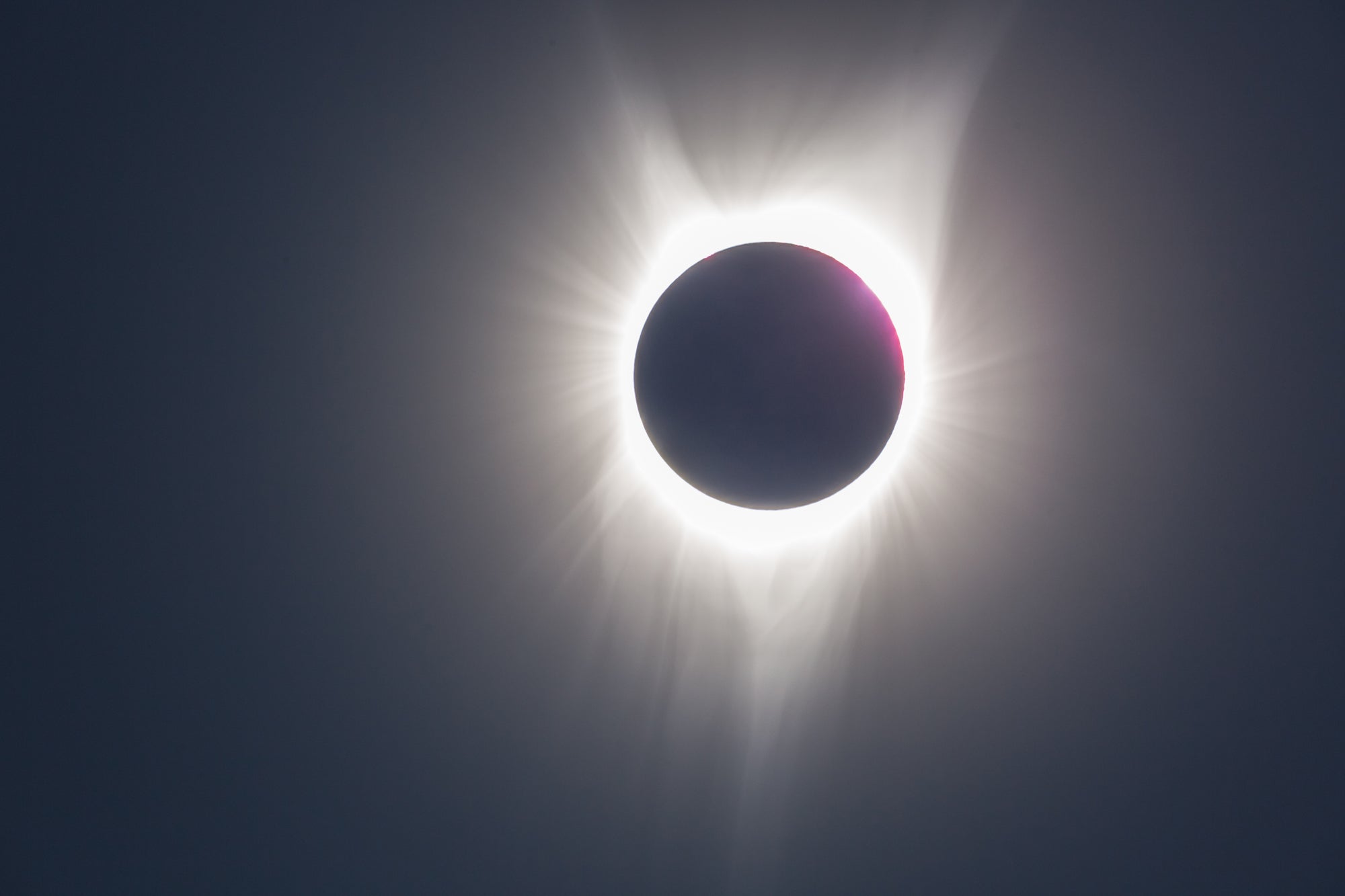Alright! Let's dive into how you can capture the magic of the April 2024 US east coast total eclipse. 🌒📸
1. Mark Your Calendar:
First and foremost, remember the date: April 8, 2024. This is not an event you want to miss!2. Gear Up:
- Camera: A DSLR or mirrorless camera with manual settings is ideal.
- Lens: A telephoto lens (200mm or longer) will allow you to capture the sun's details.
- Tripod: Essential for stability, especially during the longer exposures.
- Solar Filter: This is a MUST. It protects your camera sensor from the intense sunlight. Remember, regular sunglasses or neutral density filters won't cut it.
- Remote Shutter Release: This helps in reducing camera shake.
3. Safety First:
Before we talk about the camera, let's talk about your eyes. NEVER look directly at the sun without proper protection. Grab a pair of special eclipse glasses or handheld solar viewers. These are essential for safe viewing.
4. Scout Your Location:
The eclipse will pass over several national park units from Texas to Maine. Research the best spots and get there early. Remember, this is a popular event, so expect crowds.
5. Practice Makes Perfect:
Before the big day, practice your photography skills. Understand your camera settings, especially if you're new to manual mode.
6. Camera Settings:
- ISO: Keep it low, around 100-400, to reduce noise.
- Aperture: f/8 to f/16 is a good range.
- Shutter Speed: Start with 1/1000 and adjust based on the phase of the eclipse.
- Focus: Set your lens to manual focus and adjust it to infinity.
7. Capture Different Phases:
The eclipse has various phases, from partial to totality. Each phase offers a unique photographic opportunity. During totality, you can briefly remove the solar filter to capture the sun's corona. But remember to put it back on as the sun re-emerges.
8. Bracketing:
Consider using the bracketing technique. This means taking multiple shots with different exposures to ensure you get the perfect shot.9. Enjoy the Moment:
While it's great to capture the event, don't forget to take a moment and soak in the experience. Total eclipses are rare, and there's something truly magical about witnessing one.
10. Post-Processing:
Once you've captured the eclipse, use photo editing software to enhance the details, adjust exposure, and bring out the best in your shots.11. Share & Celebrate:
Once you've captured this celestial spectacle, share it with friends, family, and fellow astronomy enthusiasts. It's a moment of pride and joy!Remember, the next opportunities for a total solar eclipse over the US won't be until 2044 and 2045. So, make the most of the 2024 eclipse. Happy photographing! 🌘🌑🌒


